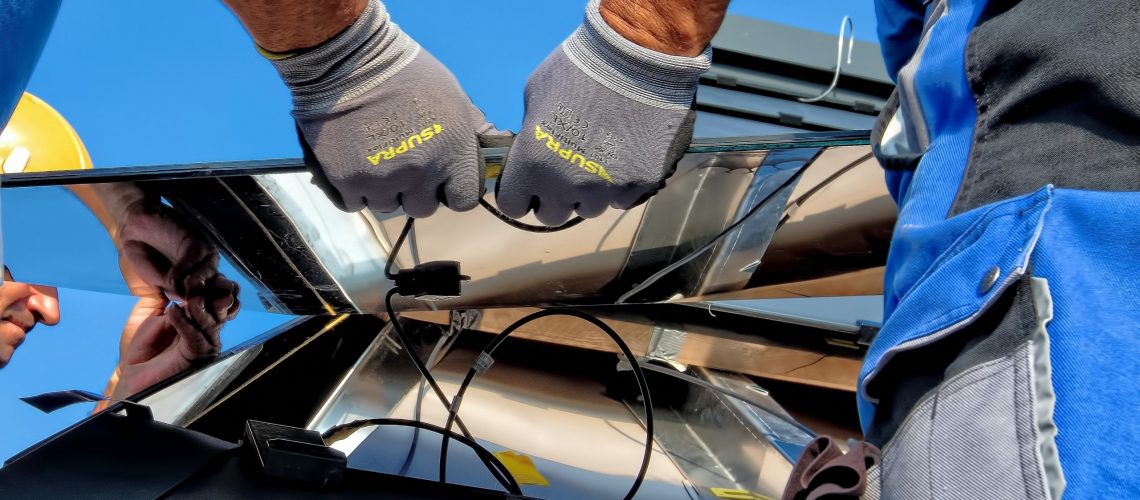Solar 101: Installing Solar Panels On A Flat Roof
When opting to convert to solar energy, you need to consider the best location for your panels. Obviously, you want them to be in a place where they benefit from the greatest amount of sun exposure throughout the day and the year.
Rooftops are often the most practical place to put them. They are sturdy, open spaces where the panels are raised above objects such as trees and other buildings that could block the sunlight.
However, flat roofs, a common feature of commercial properties but rarer among residential ones, are often considered incompatible with solar installations. If your house has this kind of roof, you may be concerned that solar panels may not be the best choice.
Yet, solar panels can be installed on most roof designs. There is nothing particularly difficult or complicated about installing solar panels on a flat one. In fact, this type of roof offers some clear advantages that may make it an even more ideal location for them then certain kinds of sloping roofs.
The easiest way to install solar panels onto a flat roof is to lay them flat. A benefit of this is that the installer won’t need to drill holes (or drill as many holes) into your roof to fix the panels in place.
Instead, they make use of a weighted mounting system, otherwise known as a ballast system. The problem with this approach, however, is that panels mounted flat will likely be less efficient than ones placed at an angle.
Another issue to be considered is the maintenance of the panels. Usually, rain alone is enough to keep them clean on a typical sloped roof because it flows right off, carrying away any dirt with it.
Yet when the panels are flat, water pools on top of them collecting debris that remains when the rain evaporates. This can further reduce the efficiency of the panels. Regular cleaning would be needed to keep them in top shape and functioning well.
An alternative to flat installation is to have the panels placed on angled mounts. These kinds of structures are used to face and tilt the panels towards the sun. This means they are exposed to as much light as possible throughout the day, which improves their overall performance. It’s here that flat roofs offer an advantage.
While solar panels can be installed on most kinds of roofs, with sloping ones, the installer has to incorporate the existing angle and roof orientation into the design. With ones that are not south facing, or with ones that have a steeper or shallower pitch, this can prove a little more challenging to do.
Any panels installed on a north-facing roof, for example, would have to have a tilt against the angle of the roof. This means that the panels would not lie flat, impacting the aesthetics of the property.
With flat roofs, you don’t have these kinds of issues. The panels can simply be aimed south and installed at the best angle for maximum efficiency (often around 30 degrees) no matter which way your home faces.
The overall process of installing solar panels on a flat roof is also much more straightforward. Workmen can move around the space more easily. Plus, the tilted mounting means the panels will be able to sufficiently self-clean.
A possible drawback of having a solar installation on a flat roof is that, due to the additional cost of the mountings used to angle the panels, the final bill may be a little higher.
However, this amount won’t be nearly enough to outweigh the financial benefits of having solar panels. You will still be able to help the environment while making substantial savings on your energy bills.


